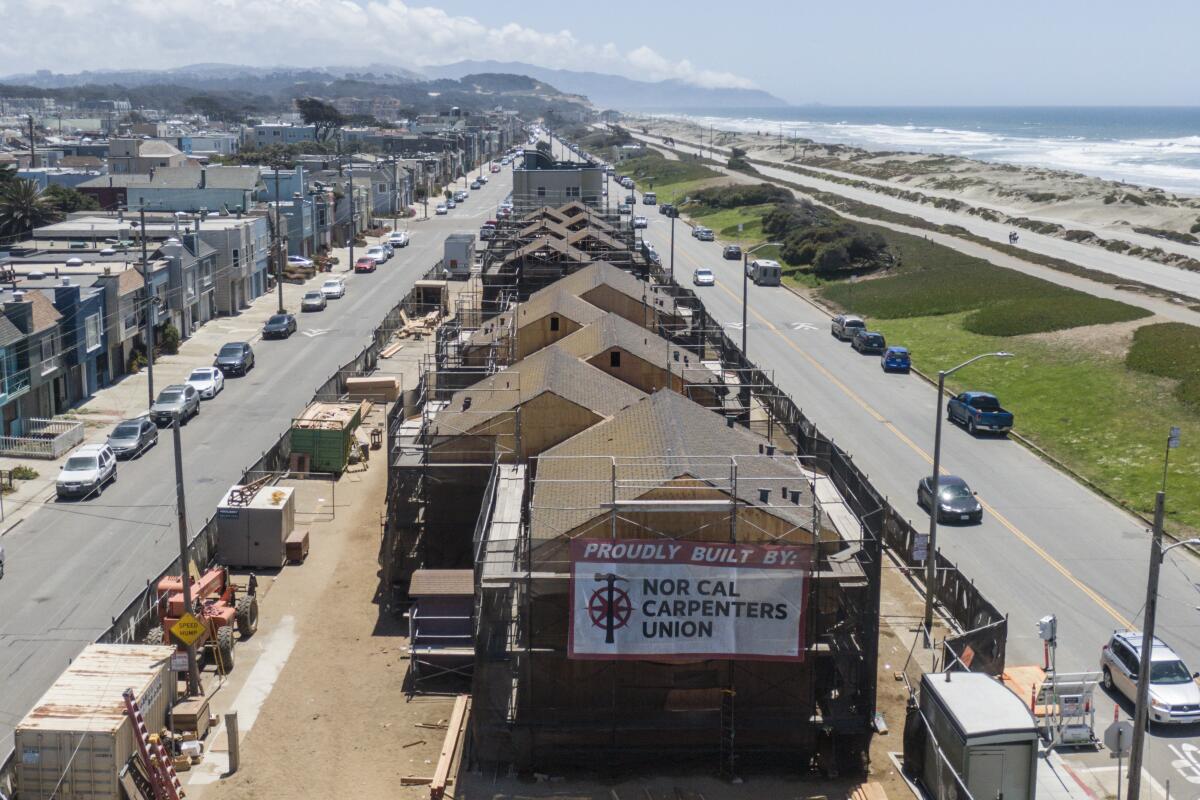San Francisco Fed study signals housing cost slowdown through end of year

Housing inflation, the biggest contributor to U.S. inflation, is on track to ease through the end of the year, returning to the pre-pandemic trend in 2025, according to new research from the Federal Reserve Bank of San Francisco.
“We project that shelter inflation will continue to decline over the next few months,” San Francisco Fed economists Oscar Jorda and Aren Yalcin wrote in a study published Tuesday on the bank’s website. They cited a model that includes measures of the balance in the supply and demand of housing.
The Bureau of Labor Statistics measures shelter costs using data on new rents, existing leases and an estimate of what owners would have to pay if they had to rent their home. These costs make up an outsize share of the consumer price index, and higher-than-expected readings earlier this year led Fed officials to keep interest rates higher for longer to rein in the cost-of-living surge.
But shelter costs are unlike the prices of other goods and services that decline as high borrowing costs slow demand. That’s because the supply of housing can be negatively affected as higher rates make construction more expensive, causing an increase in costs.
“On net, rental prices eventually slow down, but they do so more gradually than prices of other goods and services whose supply is less sensitive to interest rates,” the pair wrote.
Jorda and Yalcin built a model that anticipates shelter inflation, using Census Bureau data on the gap between the number of new households formed and housing units completed, along with the figure for new units under construction and data on asking rents from home listings company Zillow. They also considered past values of shelter inflation, the core consumer price index — which strips out food and energy — the unemployment rate and the Fed’s benchmark interest rate.
“Taken together, these measures suggest that shelter inflation will continue to decline toward more traditional levels over the next year,” they said.
According to the model, shelter inflation may fall to as low as 2% by the end of the year before returning to its pre-pandemic average of 3.3% by spring 2025. The authors put more emphasis on the direction of the forecast over the model’s numerical predictions or time frame.
More to Read
Inside the business of entertainment
The Wide Shot brings you news, analysis and insights on everything from streaming wars to production — and what it all means for the future.
You may occasionally receive promotional content from the Los Angeles Times.










